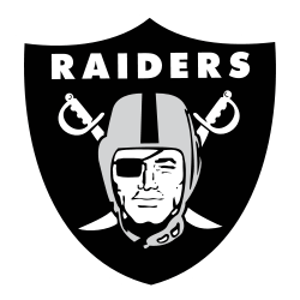You can have two connections in the solution with each one going to two different databases.
You need to understand SoC in regards that you do not have direct database access in the controllers. The database access needs to happen elsewhere not in the controller IMO.
https://en.wikipedia.org/wiki/Separation_of_concerns
https://www.c-sharpcorner.com/UploadFile/56fb14/understanding-separation-of-concern-and-Asp-Net-mvc/
You should read the subject below in the below link. What it is basically saying is make classes in the Models folder for database access. Methods in the controller will call methods in classes in the Models folder to do the database access on the behalf of the controller, which is a form of SoC.
Understanding Models
You should understand the viewmodel. The viewmodel is what is passed into a view that has been populated from a database persistence model populated from database access. In turn, the viewmodel populates the database persistence model with its data persisted to the database.
https://www.dotnettricks.com/learn/mvc/understanding-viewmodel-in-aspnet-mvc
Understand the various models.
https://deviq.com/terms/kinds-of-models
here is some example code on what I am talking about look at the MVC project and see how things work. You can create a DAL that is accessible by the classes in the Model folder directly. The DAL I have in the project is used by a WebAPI in the solution that is more complicated than what you need to be doing but understand the DAL concept you can use it.
VM = viewmodel and DM = domain model.
https://github.com/darnold924/PublishingCompany
DAO pattern in the DAL being used DTO pattern is being used.
https://www.codeproject.com/Articles/1050468/Data-Transfer-Object-Design-Pattern-in-Csharp
got questions ask...
HTH
